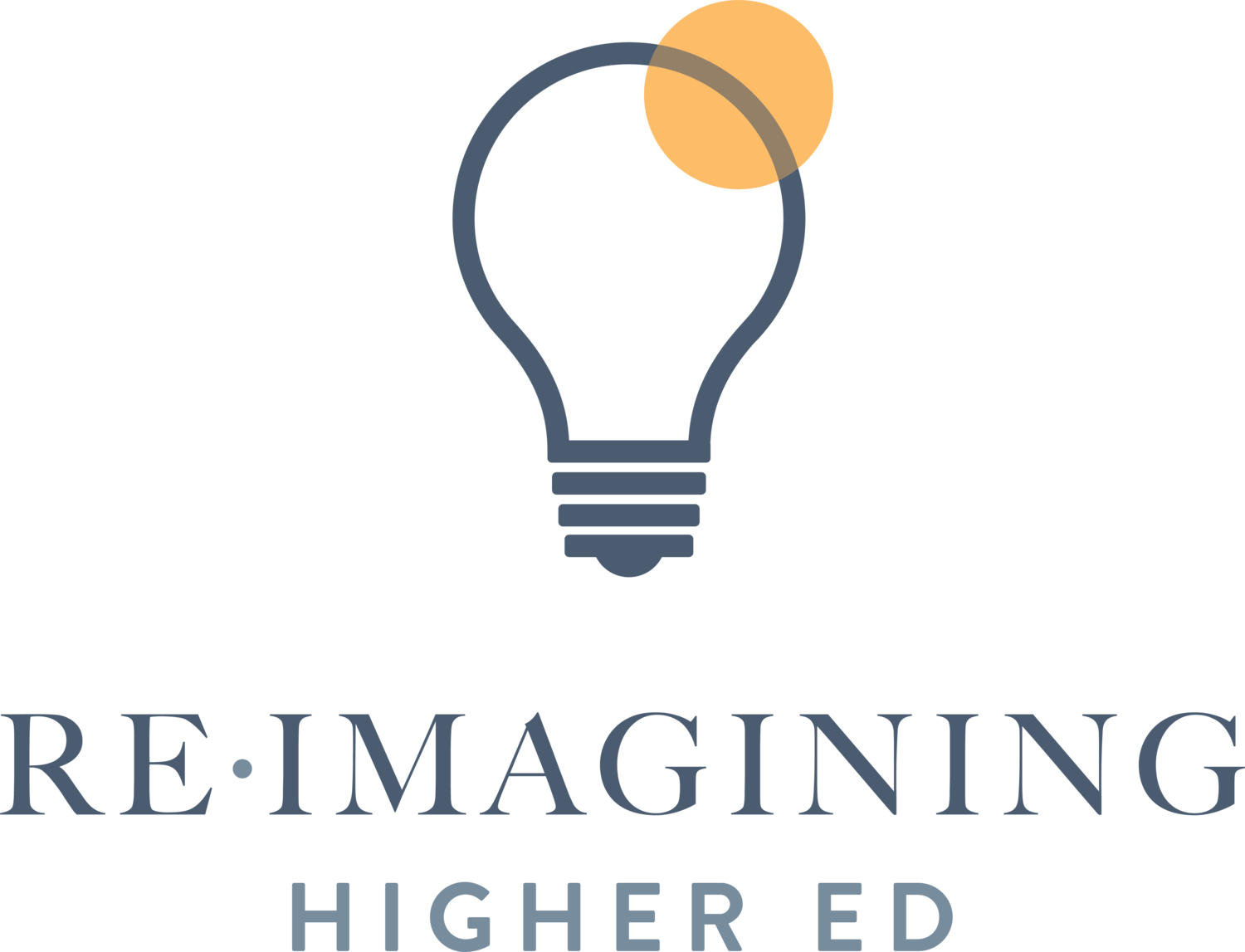Supporting Innovation in Higher Education
Reimagining Higher Ed shares tried and tested resources for educational innovators, looking to go beyond cosmetic adjustments, to make authentic and meaningful institutional change.
Today’s world is starkly different from the one for which our colleges and universities were created. No longer are colleges and universities the sole keepers and disseminators of knowledge. No longer are today’s significant problems isolatable into single, siloed disciplines. No longer are lectures by experts considered the sole or best means for learning. No longer do today’s students need a single technical skill.
How can higher educational models adapt to meet the needs of today’s students entering tomorrow’s world?


